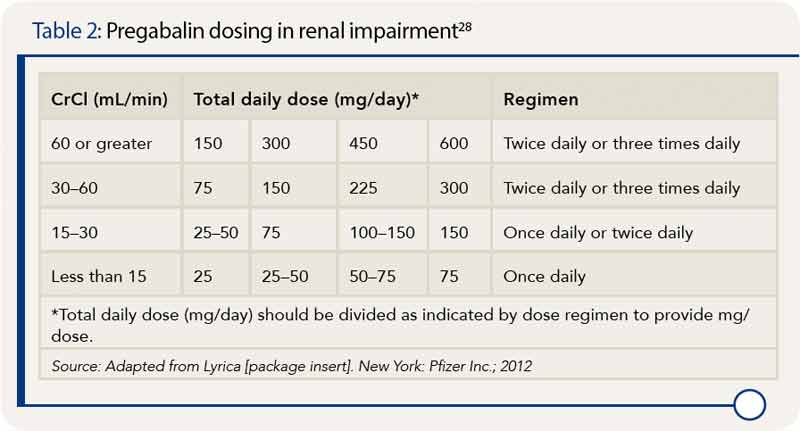
Ketorolac In Dialysis Patients. Use with caution in renal transplant recipients can reduce intrarenal autocoid synthesis Celecoxib should be used with caution in uraemic patients predisposed to gastrointestinal bleeding or uraemic coagulopathies. Use normal doses in patients with ERF on dialysis if they do not pass any urine. The usual dose of ketorolac is 15 to 30 mg IV. Pharmacologic management of acute perioperative pain in infants and childrenadministration of ketorolac to young infants.

There was no occurrence of dialysis or death in either group. Dialysis patient with severe leg cramps at night is an epsom salt bath ok. 250mg q48h PD q48h-750 mg q 24h For 500mg daily dose Load 500mg x 1 dose then HD. Among dialysis patients Murtagh et al. Likewise in nonsurgical patients the same degree of caution should be used with ketorolac as with any oral NSAID. Ketorolac Tromethamine Injection.
Ketorolac Tromethamine Injection.
Ketorolac Tromethamine Injection. Use with caution in renal transplant recipients can reduce intrarenal autocoid synthesis Celecoxib should be used with caution in uraemic patients predisposed to gastrointestinal bleeding or uraemic coagulopathies. OR 239 95 CI 054-1066. Moreover postoperative ketorolac therapy should be avoided in patients who have conditions that predispose to NSAID nephrotoxicity as in our Case 1. Ketorolac Tromethamine Injection. As with other NSAIDs Ketorolac should be used with caution in patients with impaired renal function or a history of kidney disease because it is a potent inhibitor of prostaglandin synthesis.